Everyone knows U.S. Army infantry soldiers look intense—dressed in uniform and packing enough gear to take on a small nation. But what most people don’t realize is just how much equipment these dedicated men and women carry every day to accomplish their missions around the globe.
In this breakdown, we’ll explore the standard loadout of a modern U.S. Army infantry soldier—from everyday essentials to cutting-edge weaponry. We’ll also look at how this gear adapts to different environments, giving you a clear picture of why infantry service earns such deep respect.
Key Points
Key Points
-
U.S. Army infantrymen carry a wide array of gear, including weapons, protective gear, and personal items, all essential for mission success and survival.
-
Retiring early is possible, and may be easier than you think. Click here now to see if you’re ahead, or behind. (Sponsor)
Uniforms and Camouflage

The most basic part of an infantryman’s gear is the uniform, which varies in color and pattern depending on the environment. The standard Army Combat Uniform (ACU) features the Operational Camouflage Pattern (OCP), designed to blend into a wide variety of terrains. For specific missions, soldiers may wear the Army Combat Shirt (ACS), which is more comfortable under body armor, or the Army Aircrew Combat Uniform (A2CU) for aviation duties. Uniforms are also adjusted for climate—rain gear is added in wet environments, and in hot, dry regions, lightweight, moisture-wicking versions help manage heat.
Footwear

Footwear is a crucial part of an infantry soldier’s gear, designed for both protection and endurance. Standard-issue combat boots are built to withstand rough terrain, long marches, and extreme weather conditions while providing ankle support and durability. Soldiers may also be issued specialized boots for specific environments, such as insulated boots for cold climates or lightweight, breathable versions for hot, arid regions. Proper fit and quality are essential, as foot injuries can quickly compromise a soldier’s mobility and mission readiness.
Body Armor and Protective Gear
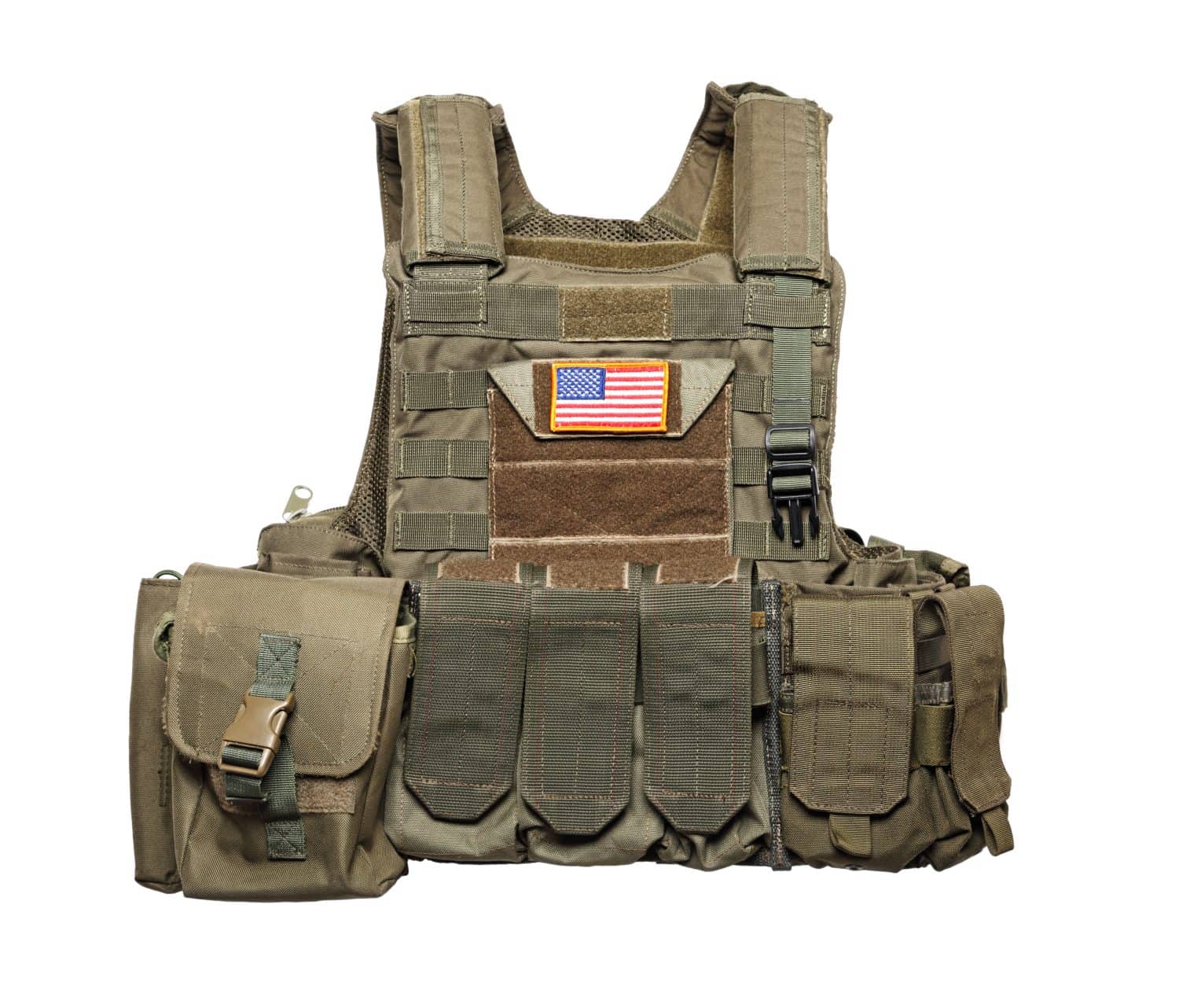
Body armor is vital for protecting infantry soldiers from bullets and shrapnel. The Improved Outer Tactical Vest (IOTV) and the newer Modular Scalable Vest (MSV) shield vital areas while allowing for modular adjustments. Both can be quickly removed in emergencies. Soldiers wear the Advanced Combat Helmet (ACH) or similar models for head protection, often equipped for night vision attachments. All together, protective gear can weigh over 27 pounds, with full combat loads often reaching 60 to 80 pounds. Additional gear includes ballistic eyewear, gloves, hearing protection, knee and elbow pads, and flame-resistant undergarments.
Rucksacks and Load-Carrying Gear
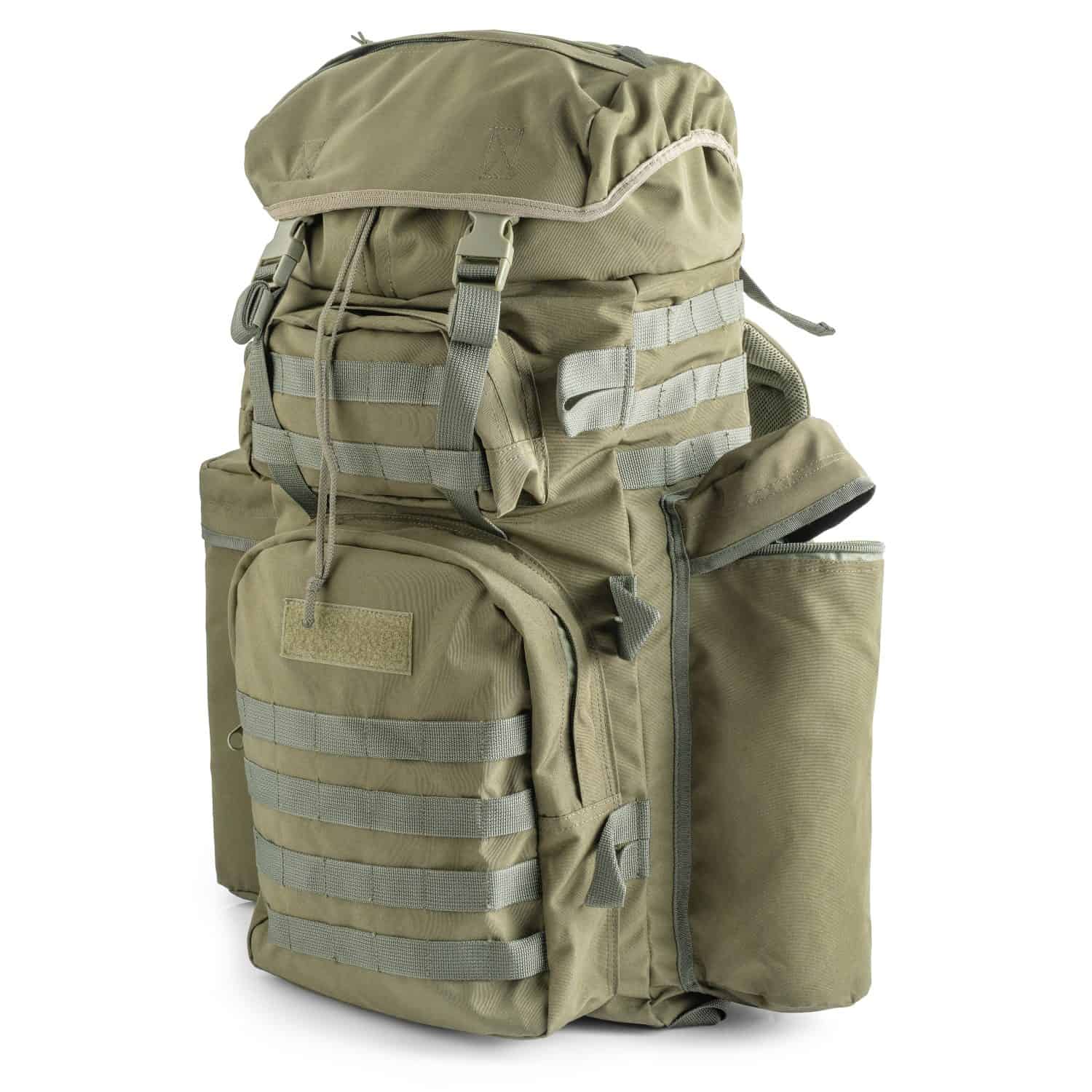
Infantry soldiers rely on the MOLLE system (Modular Lightweight Load-carrying Equipment) to organize and transport mission gear. This modular setup supports attachments for ammunition, hydration, tools, and food. Key components include large rucksacks for multi-day missions (up to 5,000 cubic inches), medium rucksacks for 24–72 hour operations, and smaller assault packs for short-term needs. A plate carrier or harness serves as the base for attaching pouches and kits. Soldiers also carry specialized loadouts tailored to their roles—such as extra grenades for grenadiers or medical supplies for medics—ensuring each member contributes to the squad’s overall effectiveness.
Weapons and Firepower
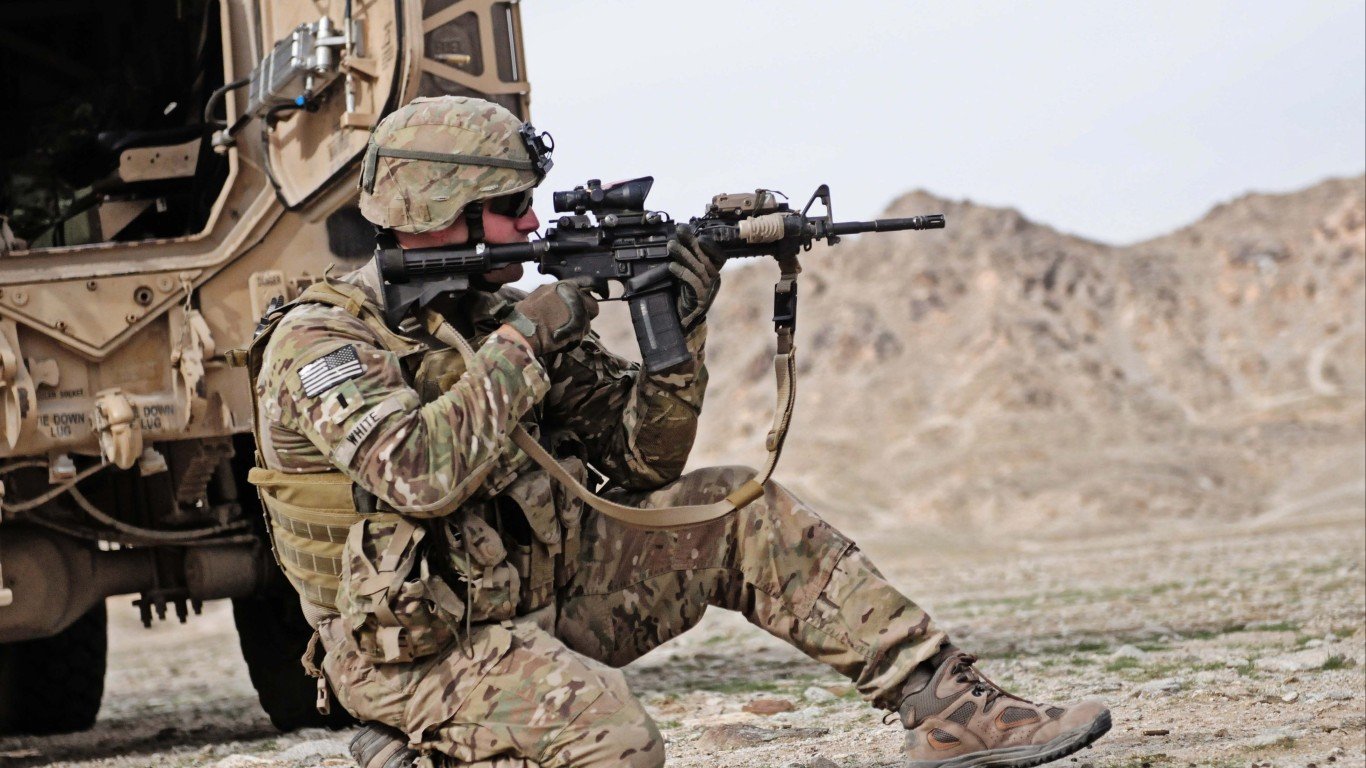
By 2025, Army units are shifting from the M4A1 and M249 SAW to the XM7 rifle and XM250 automatic rifle, both chambered in 6.8mm. The XM157 smart optic adds a laser rangefinder and ballistic calculator. Grenade launchers like the M320 can attach to rifles or operate independently. The M240B provides long-range machine gun support, while the M2 .50-cal handles heavy-duty tasks. Some soldiers carry Sig Sauer M17 or M18 sidearms. Standard loadouts include multiple magazines, grenades, and extra ammo for squad-level weapons.
Night Vision, Optics, and Sensors
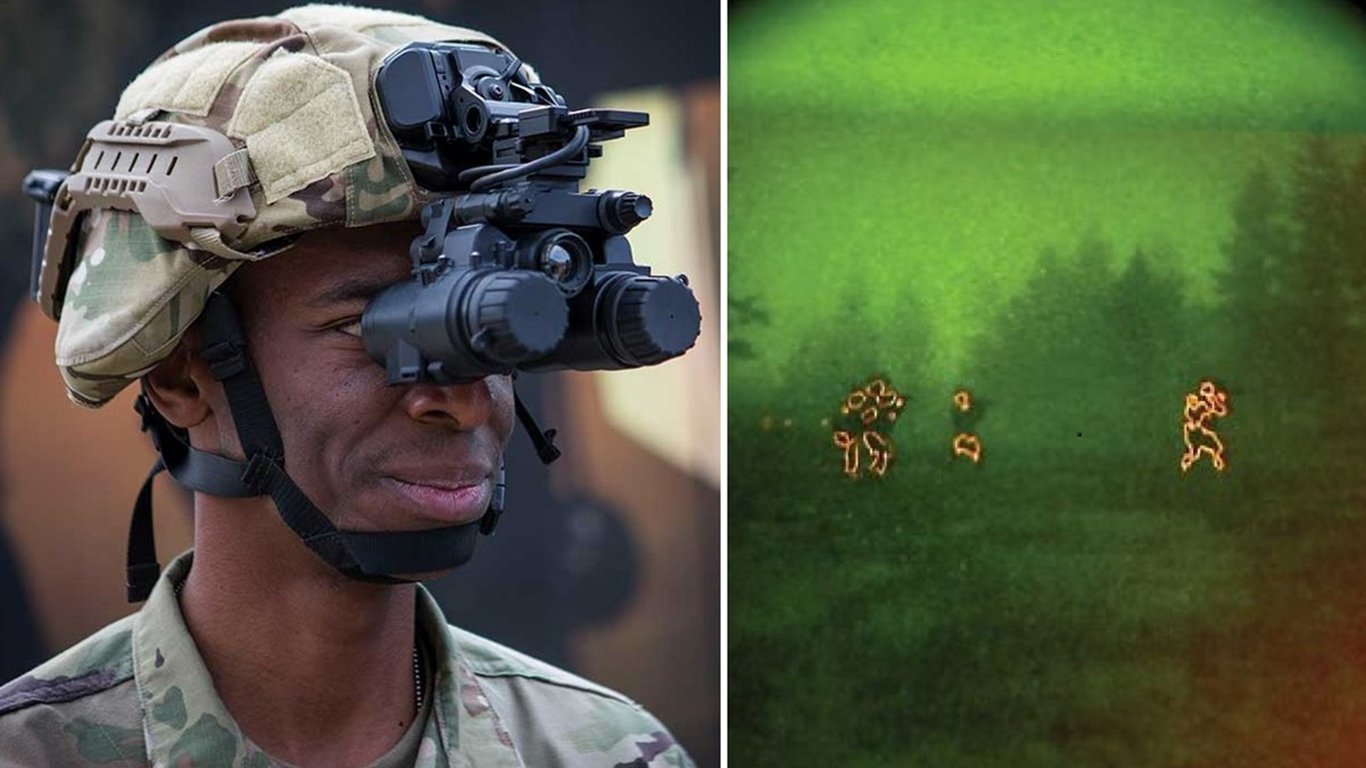
Night vision and optics are critical for modern infantry. Soldiers use NVGs like the AN/PVS-14 monocular or the advanced Integrated Visual Augmentation System (IVAS), which overlays navigation and targeting data in real time. Weapon optics—such as red dots, magnified scopes, and smart fire control systems—enhance accuracy and speed. Thermal sights give soldiers the ability to detect heat signatures through smoke, darkness, or camouflage.
First Aid and Medical Kits
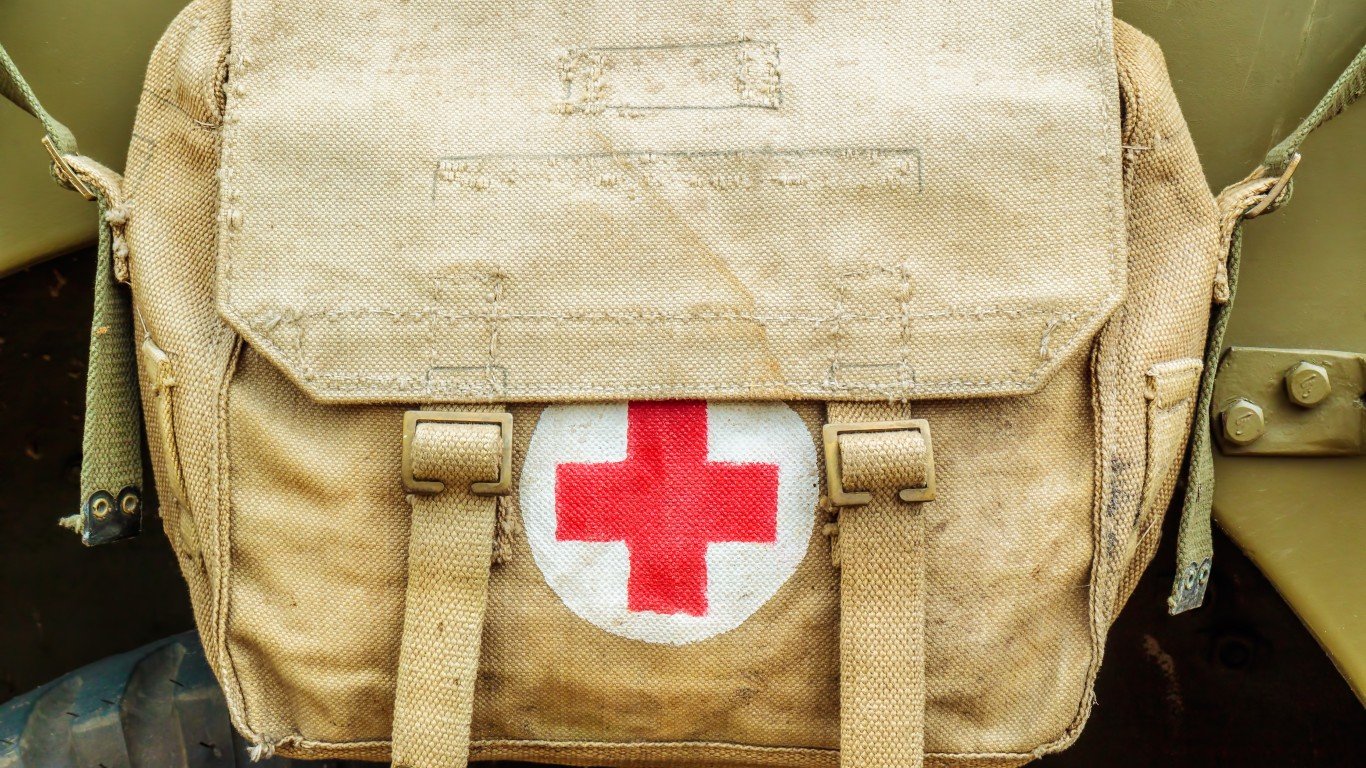
Each soldier carries an Individual First Aid Kit (IFAK II), designed for rapid access and life-saving treatment. Contents typically include two or more tourniquets, chest seals, an eye shield, trauma bandages, a nasopharyngeal airway, shears, gloves, and a Tactical Combat Casualty Care (TCCC) card with marking tools. The kit is positioned for easy reach by the soldier or a teammate during emergencies.
Communication and Navigation
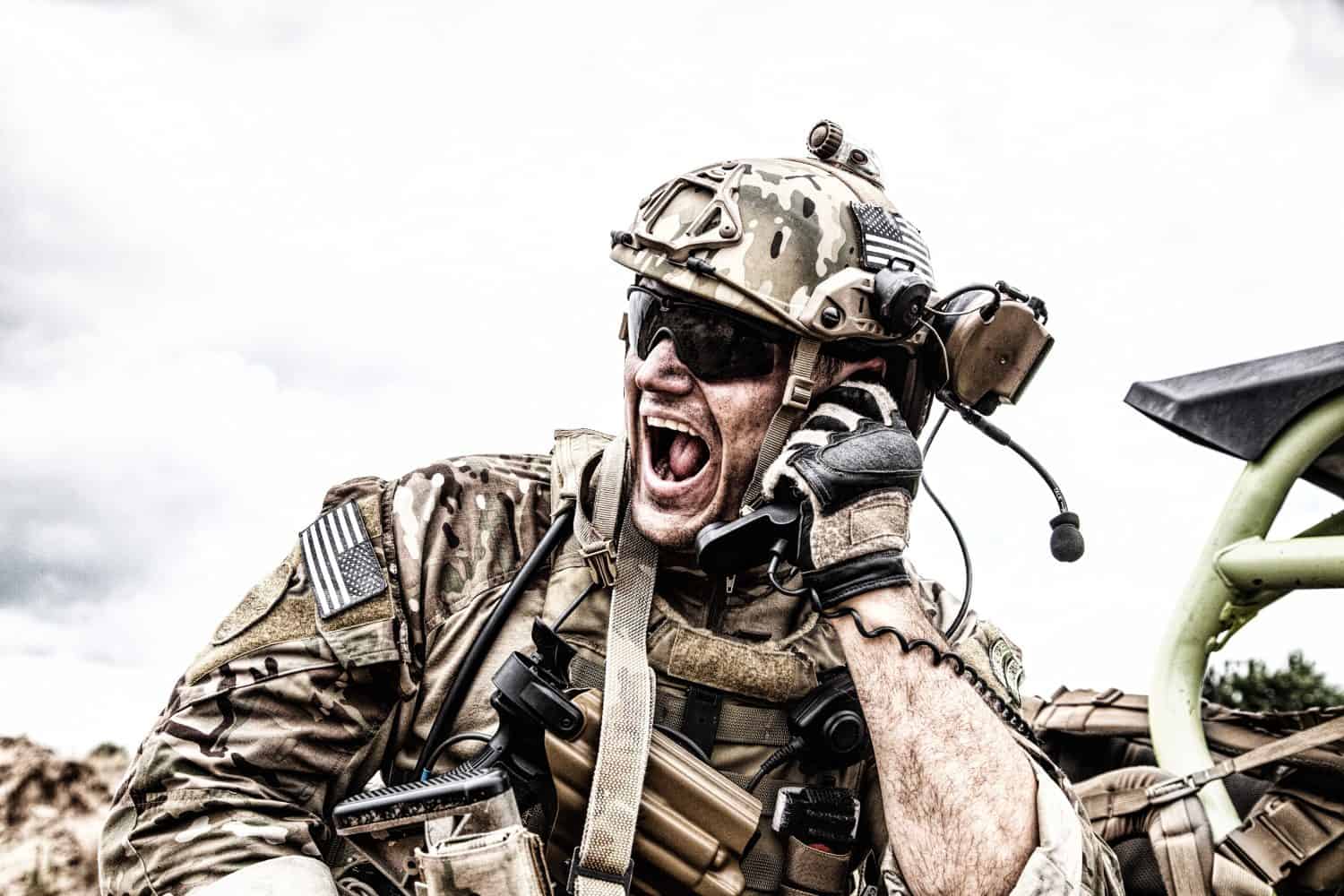
Communication and navigation gear ensures coordination and awareness in the field. Radios such as the AN/PRC-148 provide secure, encrypted contact between squad members and command. A typical squad carries four to five radios. Handheld GPS units and digital maps support precise movement and positioning. Rugged tablets are sometimes used for real-time mission updates and targeting data.
Survival, Utility, and Personal Gear
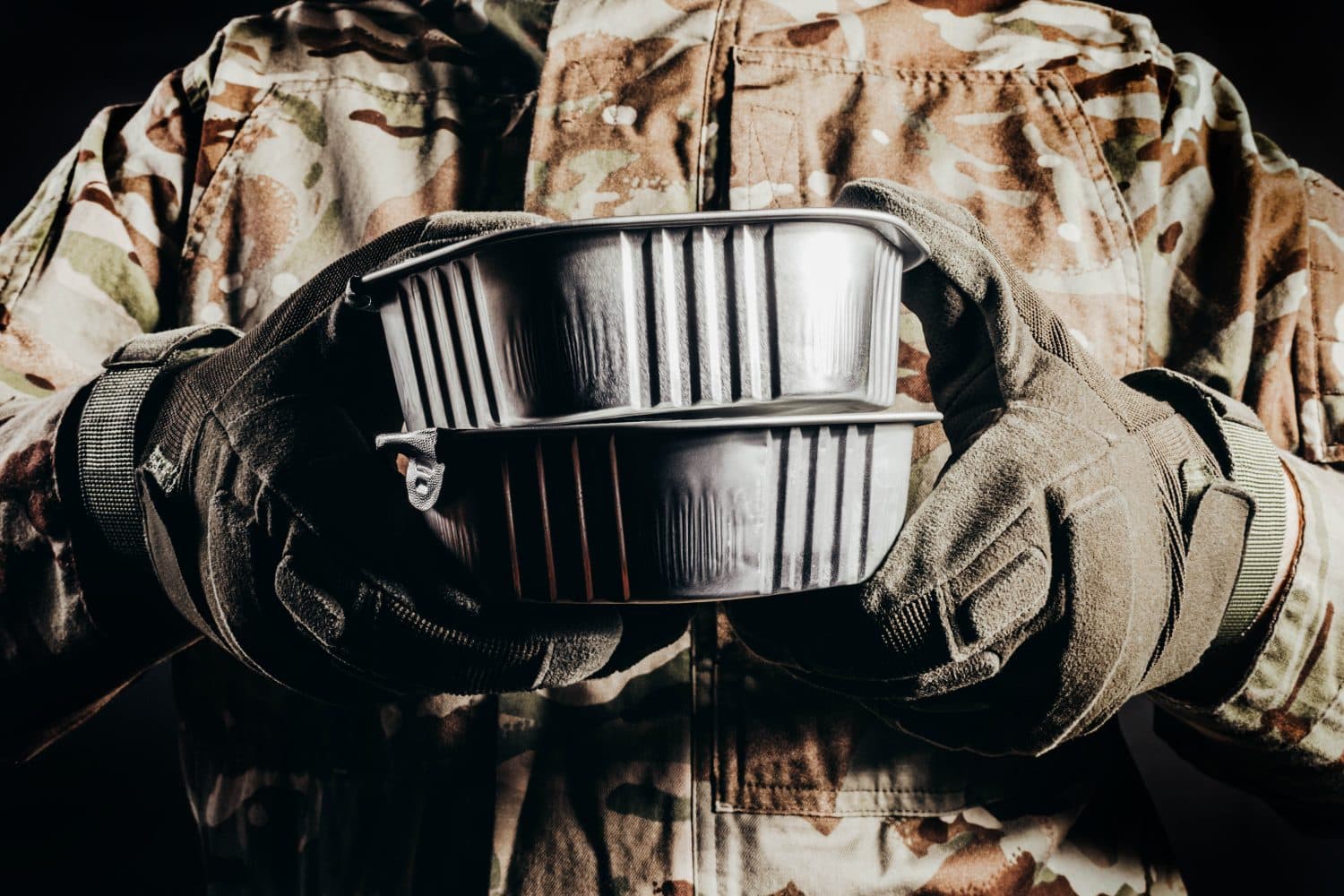
Infantry gear includes versatile tools for survival and daily function. Soldiers carry an entrenching tool for digging and field use, along with a multitool for quick repairs. Hydration is supported through bladders like CamelBaks and canteens. Flashlights and chemlights help with low-light operations. MREs (Meals, Ready-to-Eat) provide sustenance for multi-day missions, while extra batteries power essential gear. Hygiene items like wet wipes, toothbrushes, and feminine products help maintain cleanliness. Personal effects may include ID cards, dog tags, maps, pens, notepads, and morale boosters from home.
Climate and Environment-Specific Gear
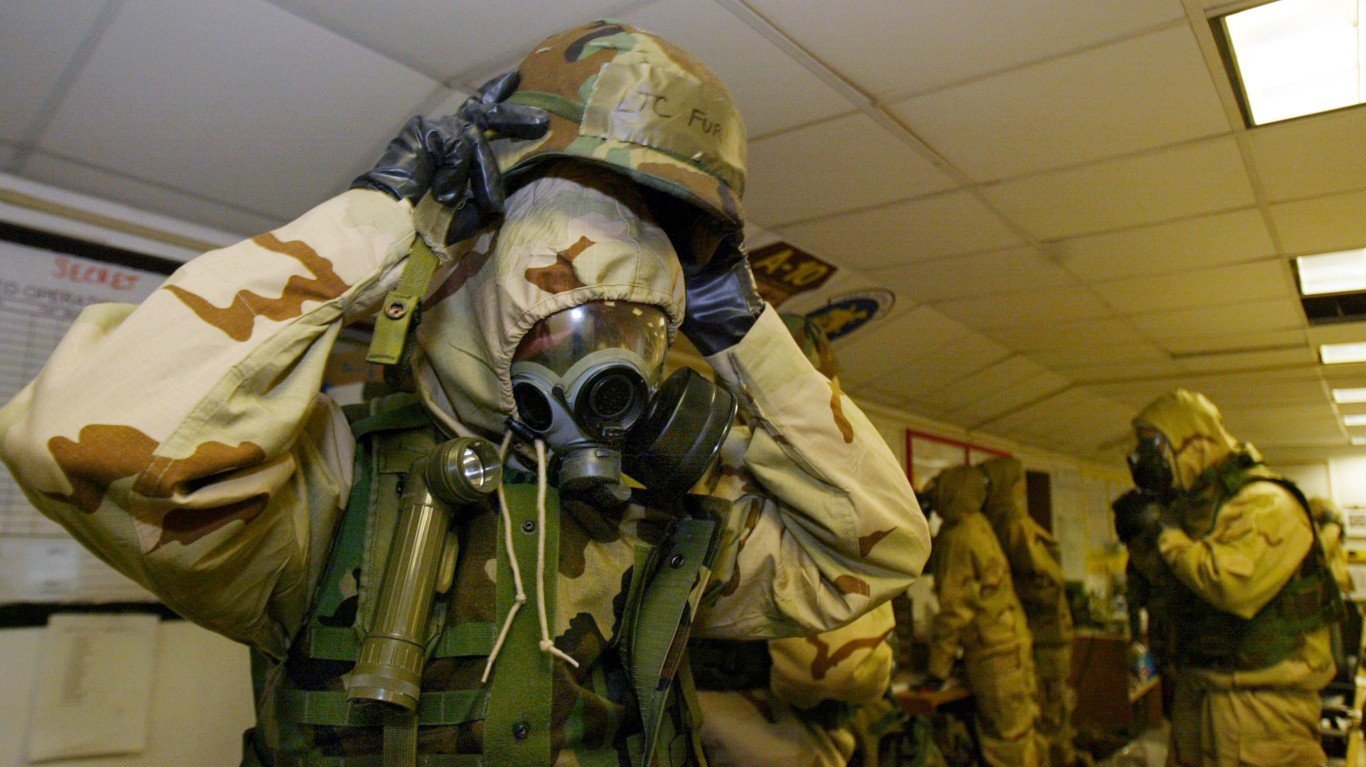
Cold Weather: The Extended Cold Weather Clothing System (ECWCS) offers up to seven layers of protection, including fleece and insulated outerwear. The newer Cold Temperature and Arctic Protection System (CTAPS) simplifies this to five flexible layers. Modular sleeping bags rated for arctic use keep soldiers warm during rest.
Hot Weather: In hot climates, soldiers wear breathable uniforms with boonie hats and neck gaiters. Sun protection includes sunscreen, sunglasses, and constant hydration.
Wet Weather: Waterproof outerwear, including hard-shell jackets, boots, and gaiters, keeps soldiers dry. Dry bags protect electronics and other sensitive gear from moisture.
CBRN Threats: For chemical, biological, radiological, or nuclear threats, soldiers use MOPP gear—a full-body protective system with masks, gloves, overboots, and sealed suits to maintain safety and operational capability.
How the Gear Is Chosen and Carried
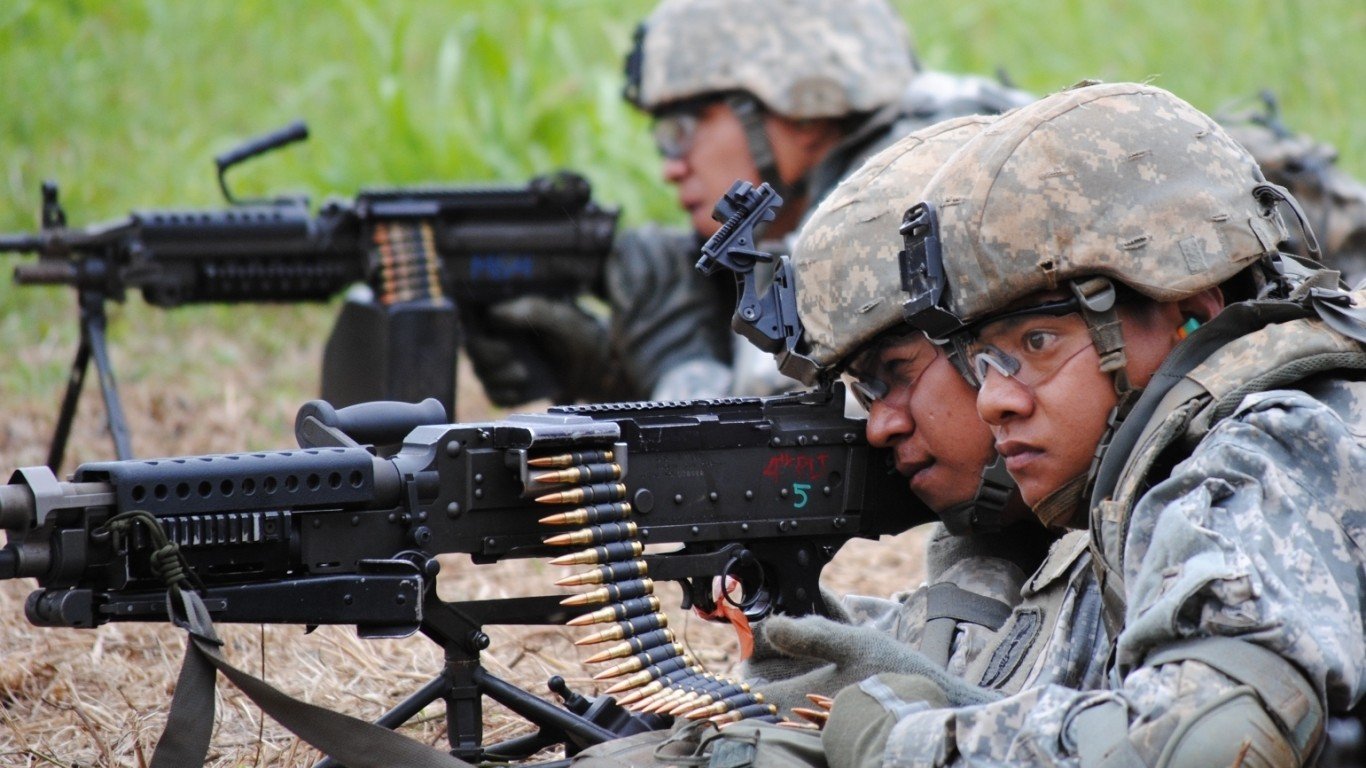
Infantry gear is selected with the squad in mind, not just the individual. Using a “squad-as-a-system” approach, the Army distributes equipment based on each soldier’s role to minimize redundancy and improve effectiveness. While loadouts vary by mission and terrain, many soldiers carry over 80 pounds. Each kit aims to balance protection, mobility, and firepower, keeping soldiers agile and ready in any environment.
A Final Word
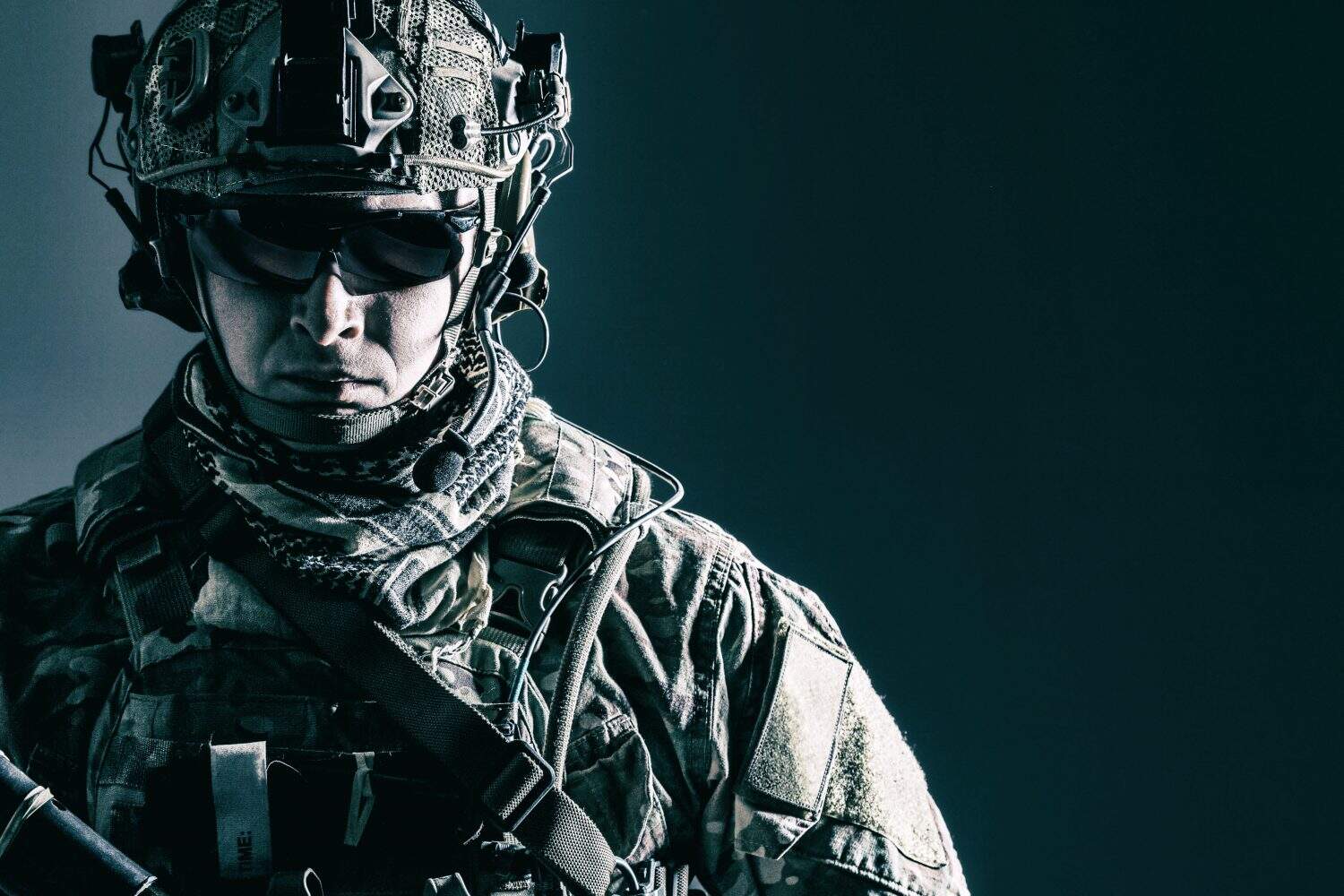
When you see a U.S. Army infantry soldier, you’re not just seeing someone carrying a weapon—you’re seeing a highly trained professional equipped with a precisely engineered loadout built for survival, precision, and mission success. This evolving gear reflects the strength, adaptability, and commitment of America’s ground forces.
The post Could You Carry an Army Infantryman’s Full Gear? appeared first on 24/7 Wall St..
Click this link for the original source of this article.
Author: Drew Wood
This content is courtesy of, and owned and copyrighted by, https://247wallst.com and its author. This content is made available by use of the public RSS feed offered by the host site and is used for educational purposes only. If you are the author or represent the host site and would like this content removed now and in the future, please contact USSANews.com using the email address in the Contact page found in the website menu.








